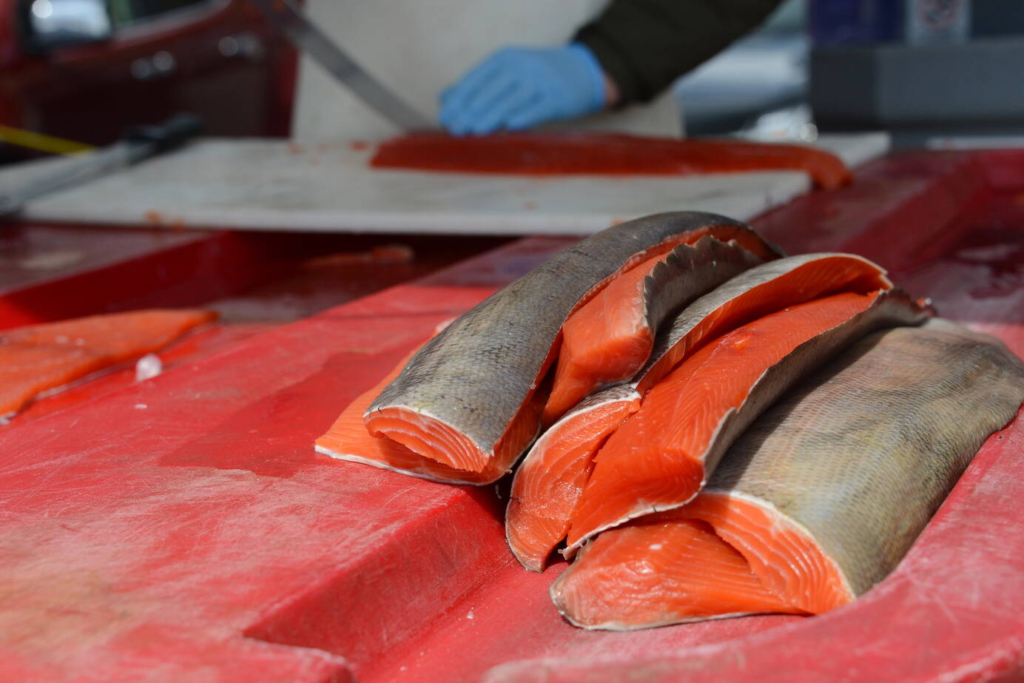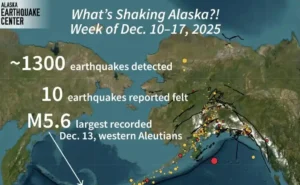Recent directives from the Environmental Protection Agency (EPA) signal a pressing need for Alaska to revamp its water quality standards due to its high fish consumption. The EPA has granted the Alaska Department of Environmental Conservation a timeframe of six to 12 months to formulate new or revised standards for over 100 pollutants found in state waters. This move comes in response to data revealing that Alaskans consume fish at rates surpassing current regulatory assumptions by 30 to 60 times.
Caleb Shaffer, acting director of the EPA’s water division for the Pacific Northwest, emphasized the necessity for updated standards to ensure the well-being of communities reliant on local water bodies. These new regulations aim to curtail the discharge of pollutants from industrial sources and wastewater treatment plants, safeguarding the health of people and ecosystems.
Alaska’s existing water quality rules, last updated in 2003, were based on an outdated national average from 1992, assuming an average consumption of seven ounces of fish per month. However, recent studies, including those conducted by the Sun’aq Tribe of Kodiak, the Seldovia Village Tribe, and the state of Alaska itself, suggest that Alaskans consume significantly more fish, ranging from seven to 14 ounces per day.
Maggie Rabb, representing the Southeast Alaska Conservation Council, emphasized the urgency of aligning water quality standards with the realities of Alaskans’ fish consumption. Rabb noted that stricter regulations are necessary to mitigate the risk of seafood contamination and protect public health.
While acknowledging the EPA’s findings, Alaska Department of Environmental Conservation spokesperson Kelly Rawalt affirmed the state’s commitment to meeting the proposed timeline. Rawalt assured that the department has been diligently updating criteria based on current scientific knowledge and intends to submit a comprehensive plan to the EPA promptly. The proposed standards will undergo public scrutiny before implementation.
If Alaska fails to meet the EPA’s requirements, the agency is prepared to intervene and enforce its regulations to safeguard the health and well-being of Alaskan communities.












